What Windows Edition Is the Surface Pro 4
Microsoft Surface Pro 4 review
'iPad Pro? That could be a problem,' says Microsoft's buggy new hybrid
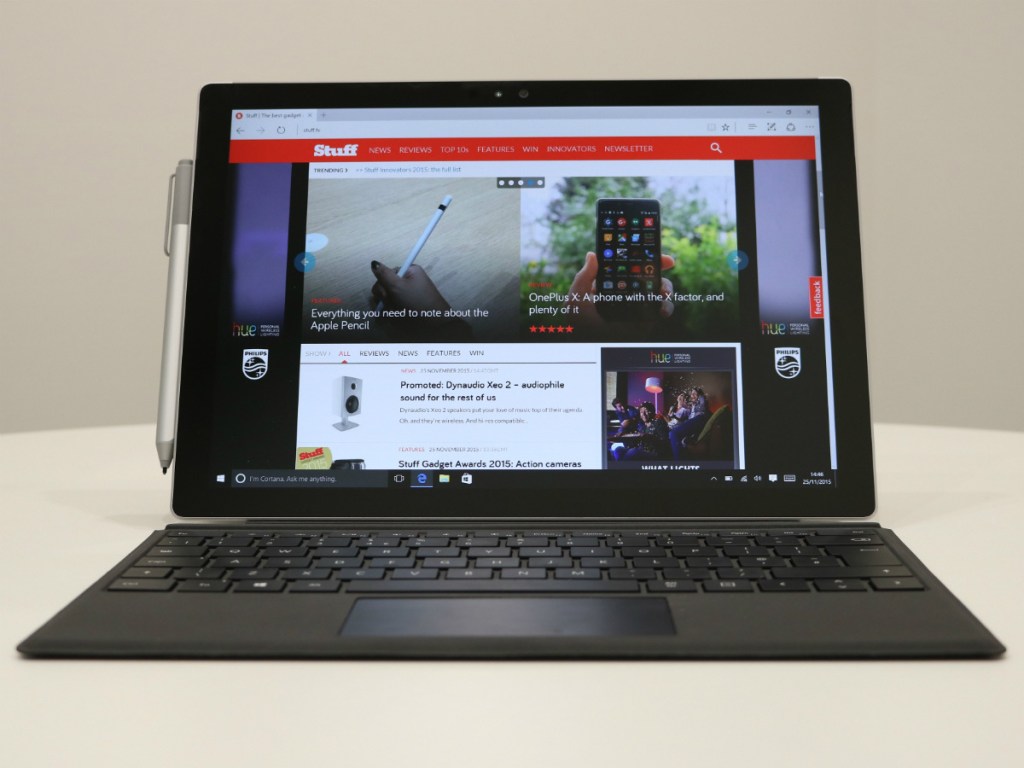
Before last year's Surface Pro 3, owning and using a Microsoft-made product was too often like paying the gas bill or filing your tax return. Something you did out of necessity, with a heavy heart and a furrowed brow.
Then something weird happened. The Surface Pro 3 was delightful in an Xbox kind of way. It turned out to be our Gadget of the Year 2014, and thoroughly deserved that accolade. Here was a laptop-tablet hybrid that straddled the work-play divide like an Olympic gymnast. No wonder Apple took note and released its own keyboard-friendly iPad Pro earlier this month.
After finally laying both the lamentable Windows 8 and RT to rest, surely Microsoft wouldn't revert to type with the Surface Pro 4? I mean that would be too predictable. Wouldn't it?
Buggy! Buggy! Buggy! Oi! Oi! Oi!
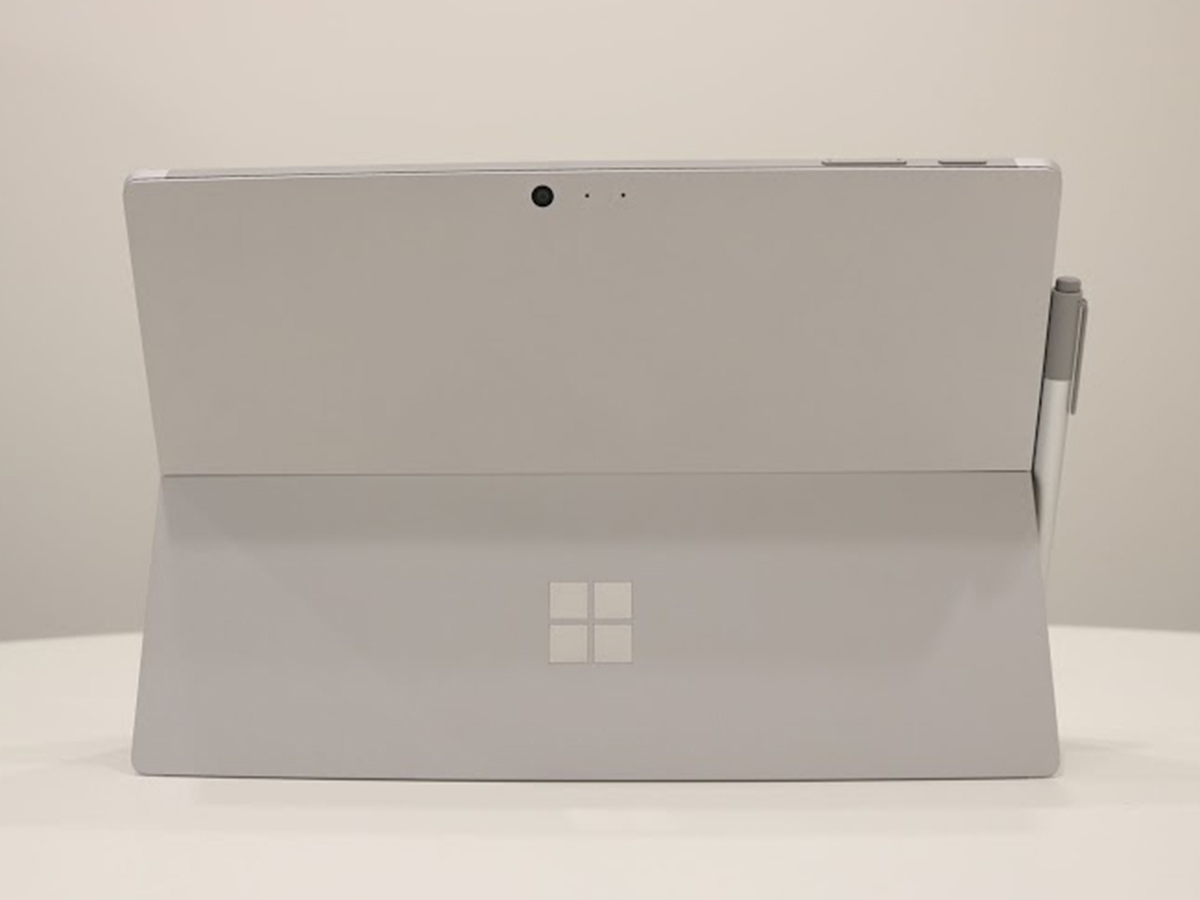
OK. Let's cut straight to it, I can't recommend that you buy the Surface Pro 4. There's loads of stuff that's great about Microsoft's latest hybrid, but it is far too buggy to rely on. The worst example of this fecklessness came yesterday when I had two separate Pro 4s brick up on me while shooting the photos for this review. Then I had to get a train home because I'd been using one as my work laptop.
As first-world problems go, this apocalypse was right up there with that time they'd run out of Milky Buttons at the corner store. Somewhere in the heavens, an angelic swell of violins was weeping for me. I'm sure of it.
The cause of my misery? Windows 10's Continuum feature. When switching between tablet and laptop modes, the Pro 4 will regularly freeze so that you can't use its touchscreen anymore. And if you try and turn the thing on and off again, that often means the display itself won't come back to life again until the Pro 4 runs out of charge.
Clearly, this isn't good news for any device. Not least for one that's meant to help you get stuff done. And to think; everything looked so rosy for this hybrid at first.
Windows 8 R.I.P.
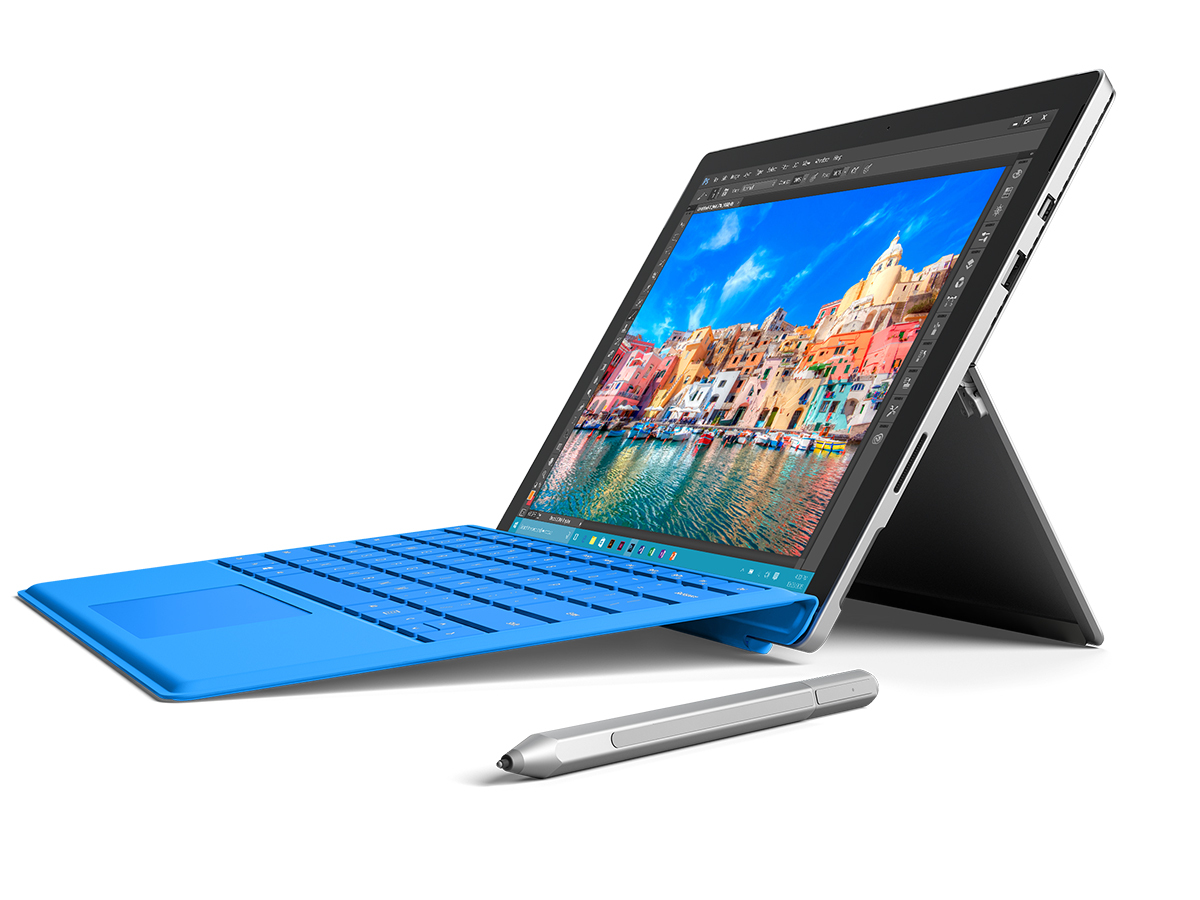
A wise man once said, 'There's a fine line between love and hate.' Clearly he'd never encountered Windows 8.
Was that operating system so bad as to be unusable? Of course not. Was it confusing and convoluted enough to annoy you on a daily basis? Absolutely. And then some. The Surface Pro 3 was an even better machine once you'd made the upgrade to Windows 10, and the Pro 4 is the first Surface built for the new, much-improved OS.
What Windows 10 really does for the Surface range is solve its long-running identity crisis, in theory at least. The Pro 4 is meant to be a top notch laptop first and a tablet second. Just as Apple's iPad Pro pulls a switch-reverse on that list of priorities.
A 'roided up workhorse
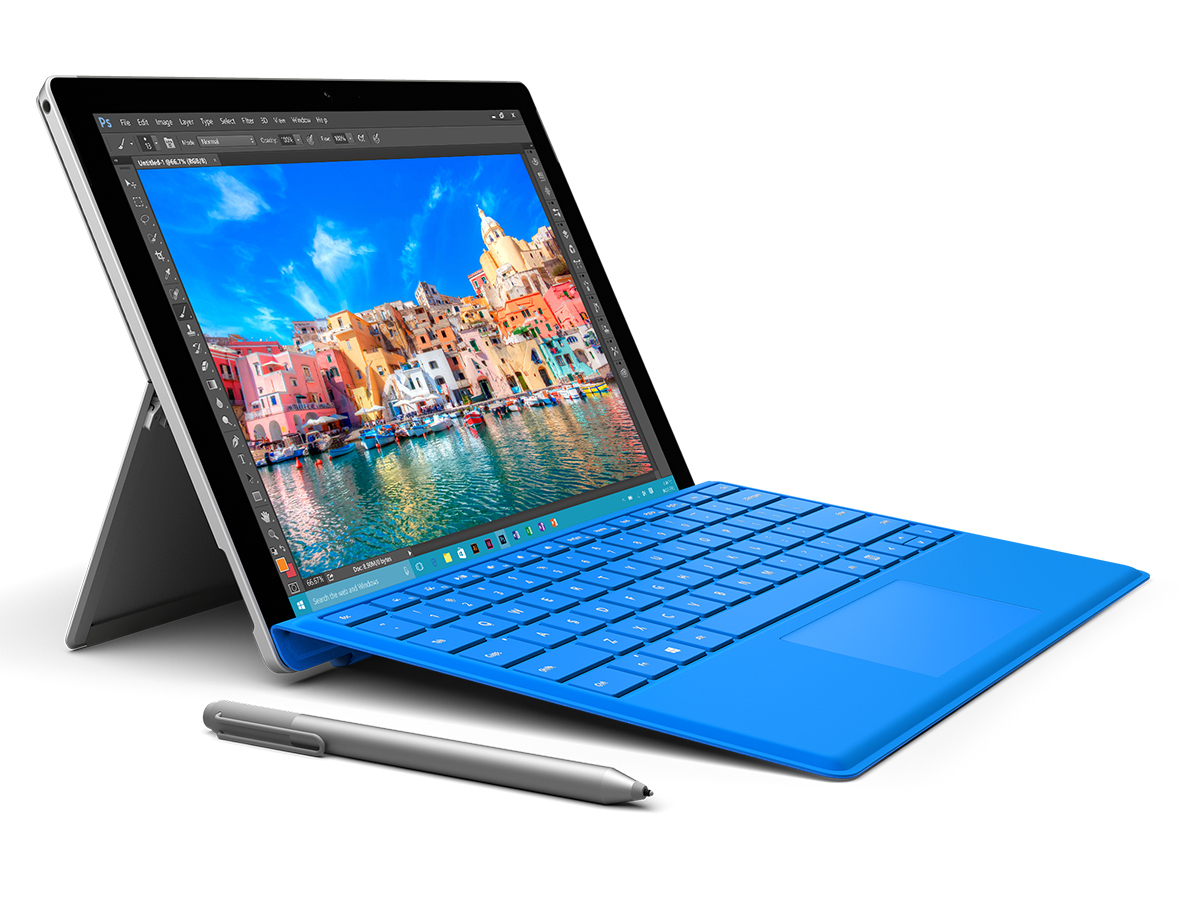
Attach the latest Type Cover to the Pro 4 and, in desktop mode, it's generally ready for the worst of what you'd throw at a laptop. I've been running Stuff's reviews channel for the past week off a new Surface, and then another one when I thought my first model may have been a one-off dud. That means a lot of email and writing, as well as some photo and video editing.
When everything was working properly, I never felt the need to reach for my regular laptop. A lot of that has to do with the 2.4GHz Intel Core i5 CPU, 8GB RAM and 256GB storage my Surface came packing. That's enough oomph to make mincemeat of most people's everyday multitasking needs. It'll even handle Steam games too.
The entry level Surface Pro 4 features a more even-handed Intel Core m3 CPU and 4GB RAM, alongside 128GB storage. In buff moviestar terms, it's a winsome Chris Pratt compared to an over-powered fella like The Rock.
Whatever Surface Pro 4 you end up owning, it's not going to be lacking for processing heft. My own model scored 6409 in a Geekbench 3 test, meaning it's faster than a MacBook Air 13in (5142) and about as speedy as a MacBook Pro 13in (6563).
All set for desktop multitasking
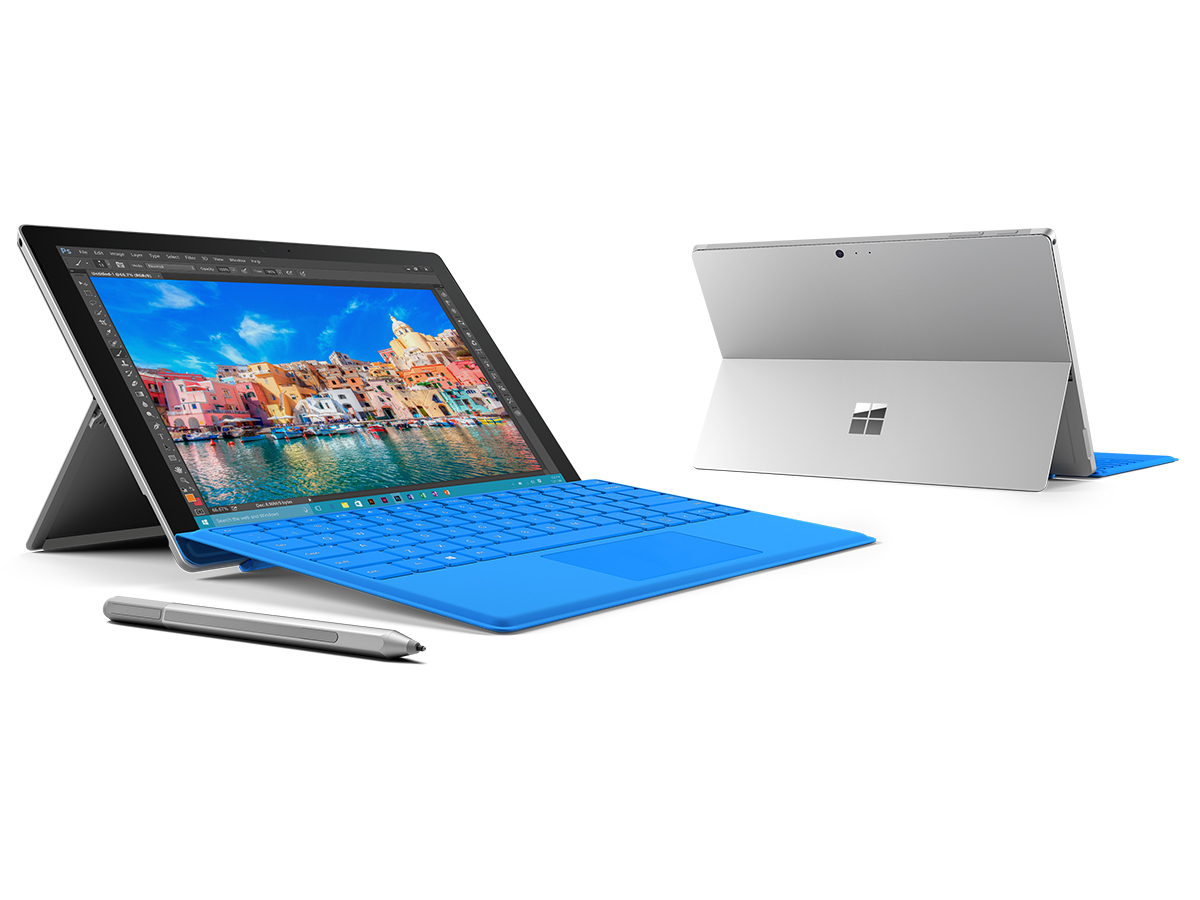
This is no great surprise though. Microsoft's Surfaces have always featured an uber-slick Intel chip, but that didn't stop some models being an utter faff to get stuff done with. Windows 10 is designed to give the Pro 4 a clear sense of purpose, especially in desktop mode.
The combination of a rejigged Start Menu and a Cortana search bar makes it a breeze to uncover what you need. There's no more browsing through endless lists of apps, as though you're searching for PreCrimes in an ultra-tedious version of Minority Report. That said, in addition to Continuum, Microsoft's latest OS struggles with its snazzy extras. The Windows-dressing, if you will.
Despite offering a neat preview of your tabs when you hover over them with the cursor, the new Edge web browser really misses the ability to install extensions such as Google's Chrome. Then there's Cortana.
Hello from the outside
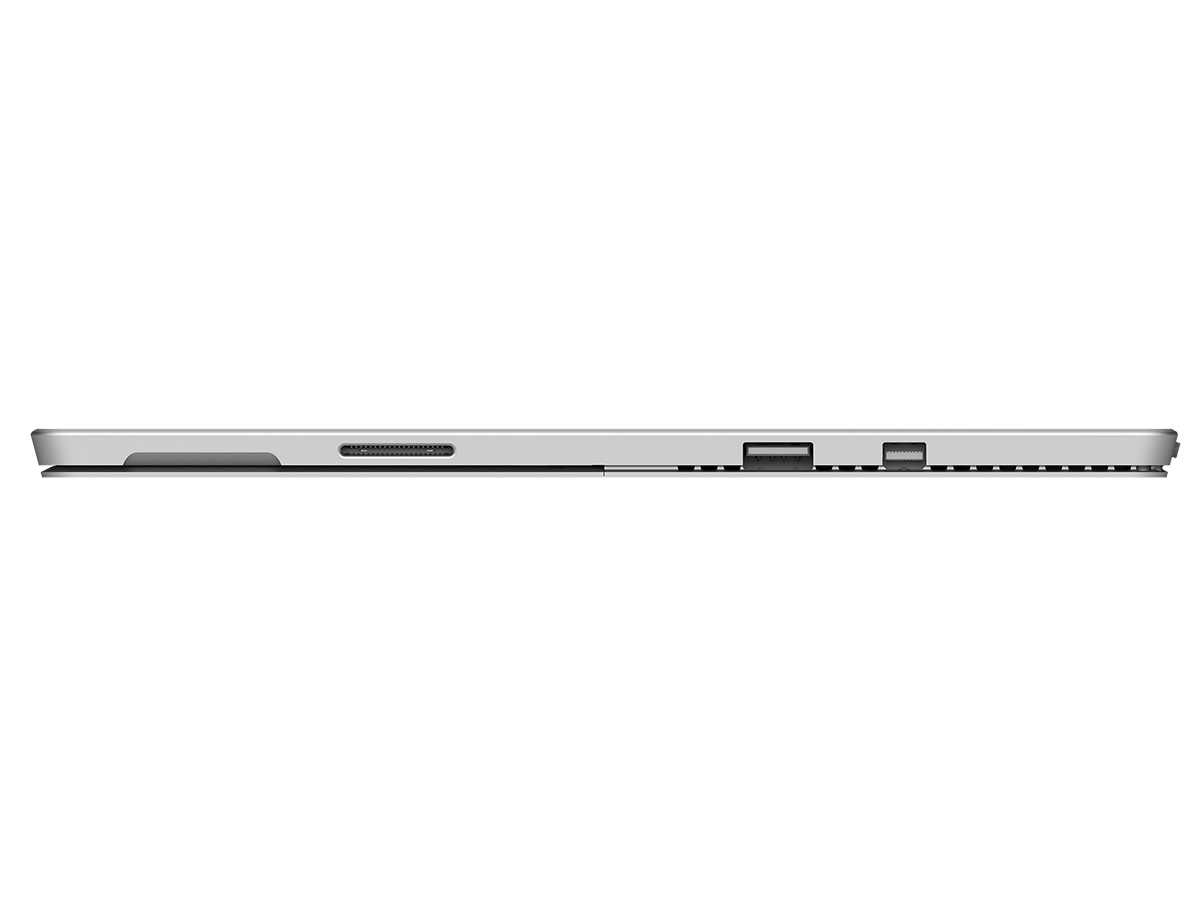
As well as handling typed commands with aplomb, one of Windows 10's headline features attempts to prove its virtual assistant credentials by accepting voice searches too. Sounds slick and futuristic, right? Then expect your enthusiasm to be lessened when you're confronted with a list of Bing results time and time again.
Cortana was flummoxed even with relatively simple tasks, such as checking the England match's kick-off time or what was on at my local cinema. In fairness, Apple's Siri often falls flat on its face when faced with the same challenges. Both services still resemble Anchorman's Brick at the moment, they're well-intentioned but dim-witted.
The new facial recognition feature is a better stab at innovation, allowing you to unlock the Pro 4 with nothing but your mug. Microsoft really wants to make your fingers redundant, see.
The feature uses two cameras to ensure the Pro 4 can't be tricked via a photo of your face. After some training, it was also able to recognise me whether I was wearing glasses or contact lenses. Similar tech has struggled with my four-eyed self in the past. So the new, innovative Microsoft wins out there, at least.
Screen dreams
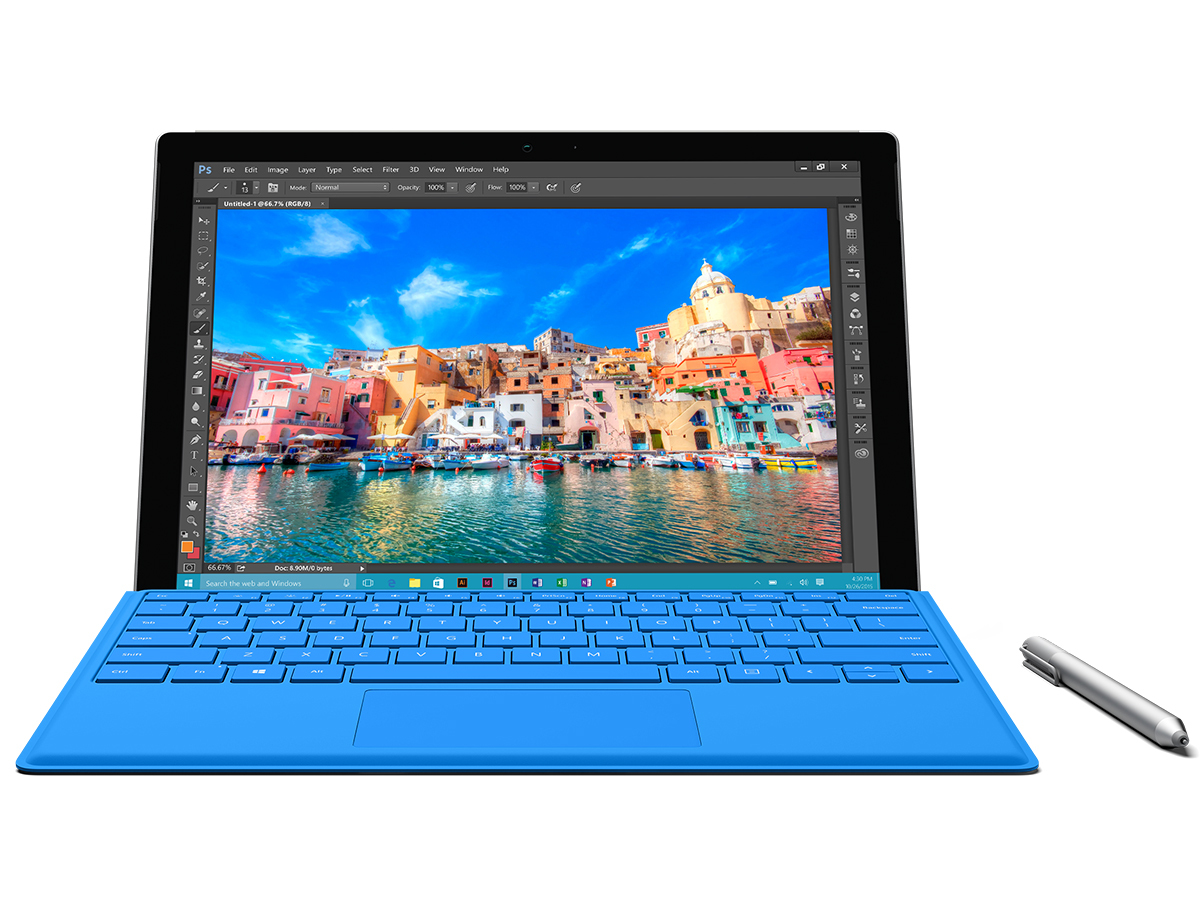
When it comes to its 12.3in screen, the Pro 4 gets its fundamentals right again. Hardware is not the issue with this hybrid. Simply put: its display is an absolute pearler.
With a 2736×1824 resolution you're afforded a frankly ridiculous 267 PPI to peak at. That's a smidgen more detail than even Apple's iPad Pro offers with its pristine 264 PPI touchscreen, and more real-estate to enjoy than the 12in Pro 3.
Whatever you want to use the Pro 4 for, it's going to look splendid. From the cell-shaded delights of Lara Croft GO to the murky world of Netflix's Jessica Jones, colours are sharp, accurate and generally pleasant to stare at.
I can't stand the oversaturated tones you find with some Android phones and tablets, but the Surface Pro 4 mercifully strikes a colour balance that's less cartoony and more true to life. Given it's aimed at serious folk doing serious work in machine-washable suits, this measured fidelity isn't all that surprising.
It pays dividends when you're using WordPad or Google Drive too. You won't find yourself squinting to read a super-important contract or, in my case, a review of the new Mario Tennis game.
Trouble with Continuum
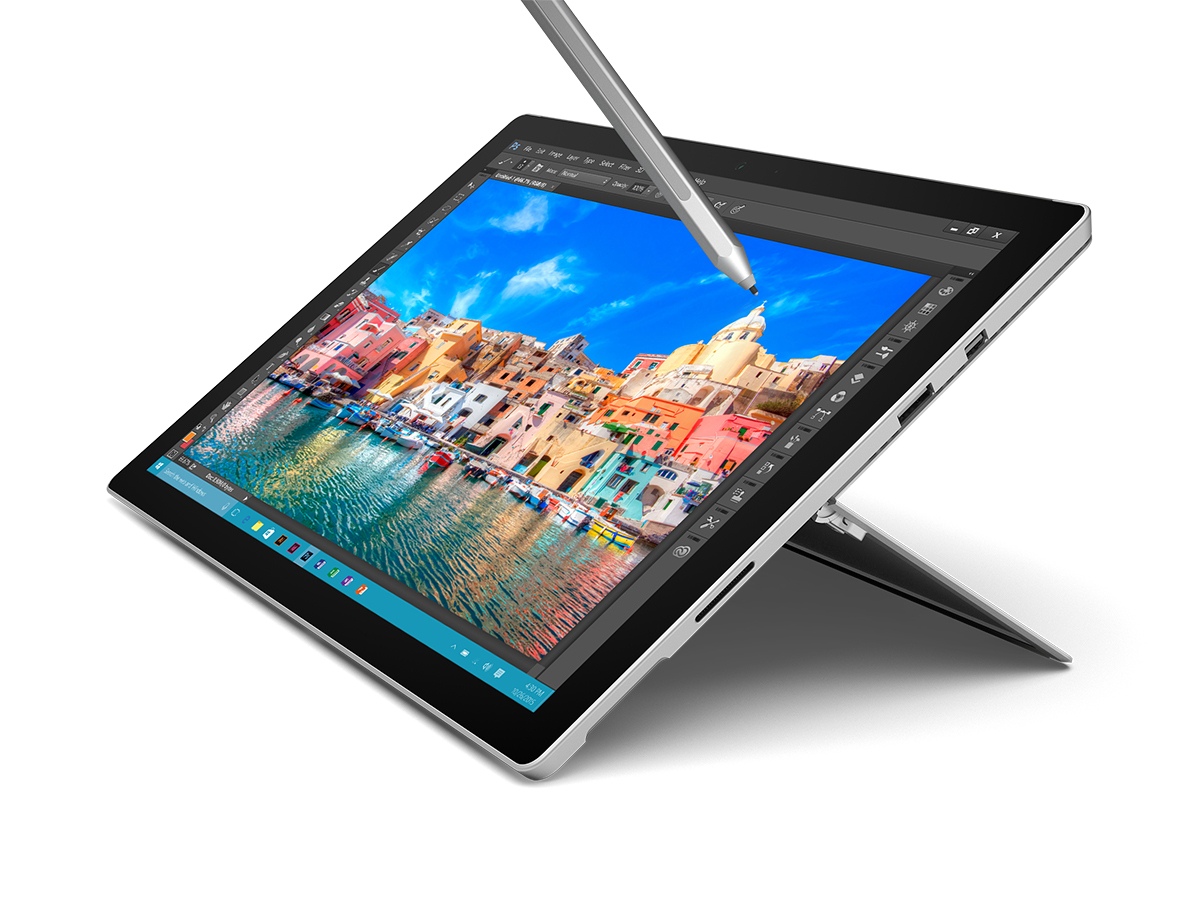
Aside from all that pictorial finesse, the other important facet of the Pro 4's display is of course its touchscreen ability. And this is where old habits die hard for Microsoft's latest Surface.
Windows 10's Continuum feature claims to offer a seamless transition between the Pro 4's tablet and desktop modes – especially when you enable its tablet mode to work automatically. Detach the Pro 4 from its Type Cover and Windows 10 should click into a more app-friendly form. The same goes for desktop mode when you do the reverse. At least, it's meant to.
In practice, Continuum has caused me many a headbanging moment. The Pro 4 especially doesn't take kindly to being shut down in one mode and then booted up in another. Even when faced with a more kindly Type Cover detach, the Pro 4 will often freeze up in response. The last time this happened to me was when I attempted to open up the OneNote app in tablet mode with the Surface Pen. Hardly the most taxing of asks.
When you can get the Pro 4 to work properly, it proves itself to be well-equipped as a slate. The transition out of desktop mode takes a couple of seconds to kick in but, once that's done, those Live Tiles are as intuitive as ever to tap on and the Windows Store isn't as threadbare for apps as it once was.
You'll find Crossy Road and PhotoShop Express in there at least, although there are still a lot of popular downloads missing. Slack, Spotify, Amazon Prime Instant Video and even the Microsoft-owned calendar app Sunrise are all absent. That said, you can download a lot of these as programs in desktop mode and open them in tablet mode. As compromises go, this one ranks well above the Munich Agreement, or Wayne Rooney playing as a Number 10 for Manchester United.
Built to last
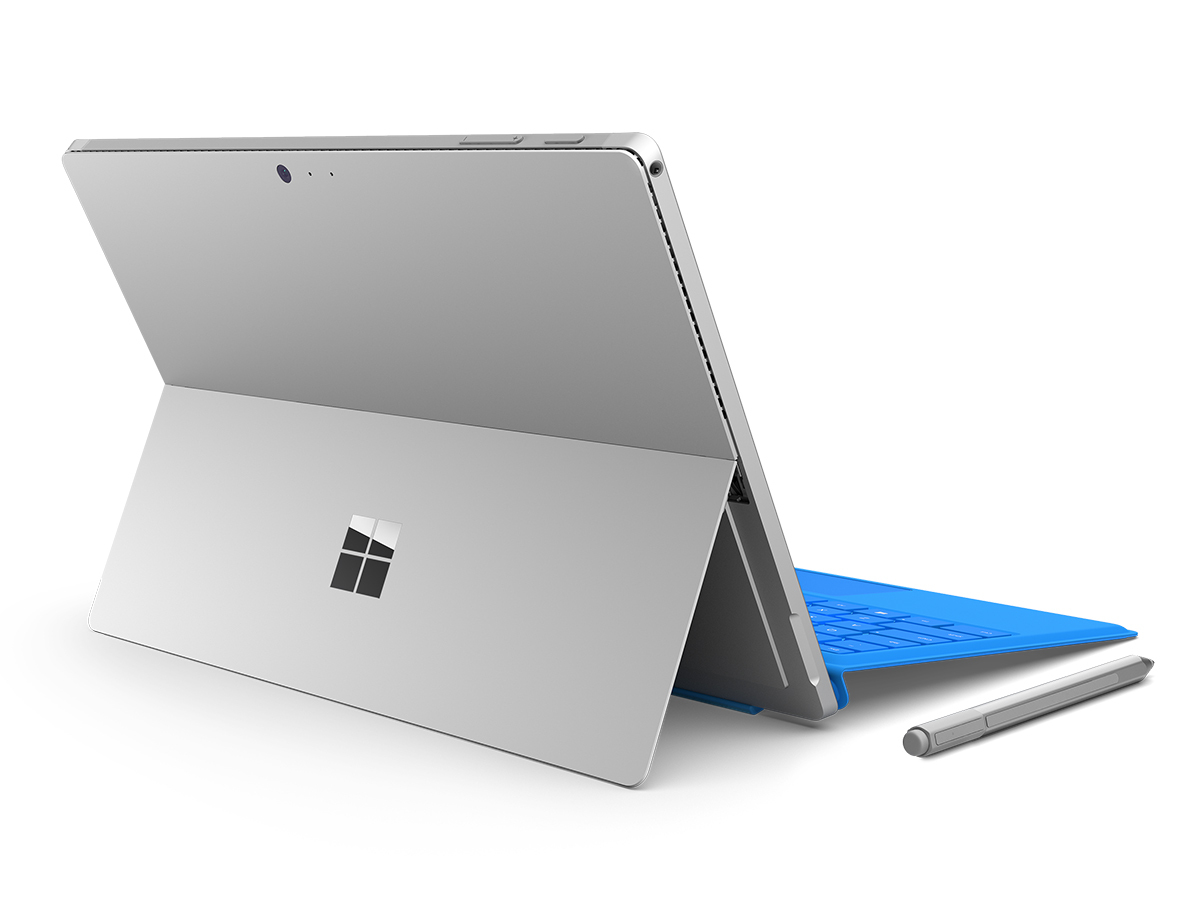
In contrast, the Pro 4's build strikes a good balance between portability and sturdiness. At 786g, without a keyboard, the i5/i7 models are lightweight enough to stuff in your bag and carry around town without any trouble. They're only slightly more heavy than the 713g iPad Pro too.
If you want a tablet to skim through the Steve Coogan autobiography on the way to work or catch up on the latest Walking Dead episode, then the Pro 4 isn't for you. Using it one-handed quickly feels like you're lifting a deadweight. That said, having shrunk from 9.1 to 8.4mm this Surface is at least smaller than its predecessor. Lighter?
For getting some work done on the go, its multidirectional hinge is brilliant. This simple tweak was the Surface Pro 3's single biggest improvement, as it meant you could actually be productive while on the move. You sit can the Pro 4 on your lap with a Type Cover and not worry about whether the thing will topple over at a moment's notice.
Adding to this 'can do' attitude is an admirable battery life that won't leave you mourning the loss of a nearby power point when none are available. I managed to bash away at this review for the entirety of a return journey from London to Southampton, while only having a 50 percent charge to start with. When connected to the Internet at the office, the Pro 4 lasted four hours and 30 minutes off a full charge.
This won't match the 10 hours of power you'll get from the iPad Pro, but remember that runs off a mobile operating system – not a platform that's still best-suited for laptops.
Missing stylus? No more
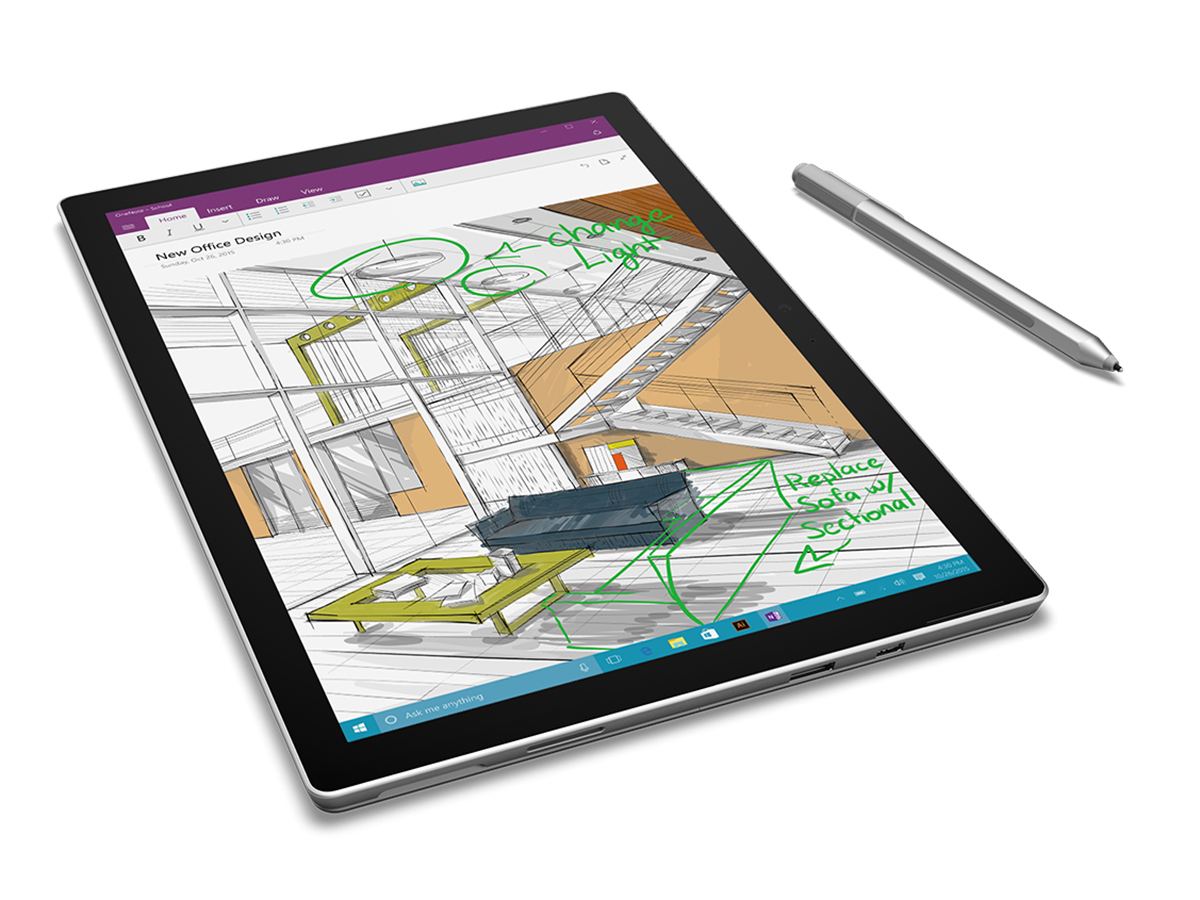
To that end, the Pro 4 is designed to work with an improved suite of accessories. You'll get the Surface Pen bundled in with the tablet, and it greatly benefits from a couple of long-requested tweaks. In addition to offering the same 1024 points of pressure as before, the Pen is now magnetised and features an eraser.
So as well as making my rabid scrawl look half-legible, I can now swiftly get rid of any unnecessary gibberish and make sure I don't lose the Pen once I'm done with it. I just simply click it onto the Pro 4's left-hand side. Apple's Pencil can't do either of these things and feels lacking because of it.
As much fun as I've had with the Pro 4's Pen, I'm not an arty sort. Its Type Cover is the real revelation for me. Whereas the Pro 3's cover squished its keys together, the Pro 4 keys have a lot more space between them and its trackpad is 40 percent larger too. The result is an impressively comfortable typing experiencing, even if there's still some flex in the keyboard when it's not laid flat.
Premium products, premium pricing
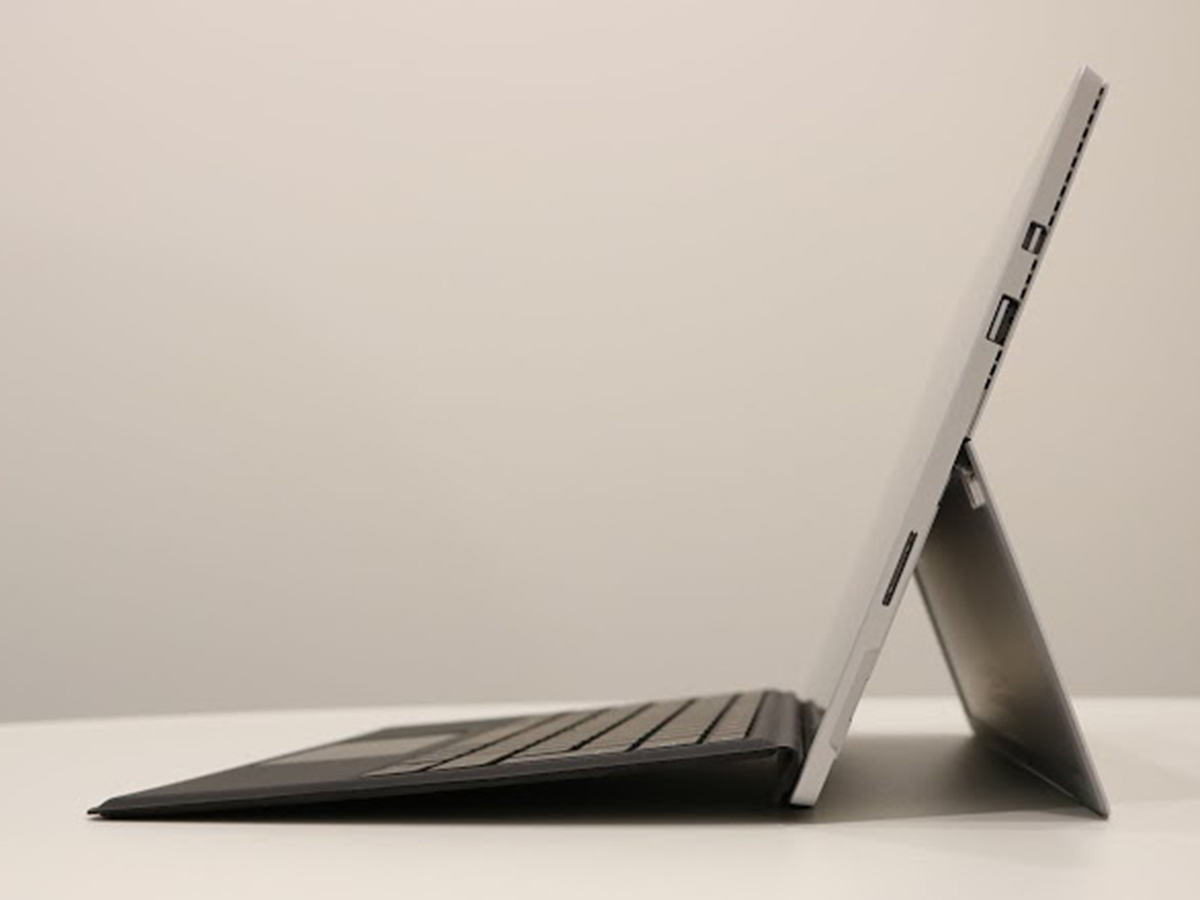
Living with the Surface Pro 4 is intended to be a reassuringly premium experience. Hell, you'd expect as much given the model I'm using costs a whopping £1079. And that's not including a £109 Type Cover, which really should be bundled in with this Surface Pro alongside the Pen.
Otherwise, you're stuck with an incomprehensibly expensive tablet that still struggles in comparison to most of the Apple-made and Android competition. Even the entry level Surface Pro 4 costs £749, which ain't cheap at all.
Of course, any Surface is best judged as the sum of its parts. How well does it handle as a laptop-tablet hybrid? You can forgive smaller failings, such as an 8MP camera that takes overly soft images and the lack of a port for connecting to a monitor, if the overall product is a model of convenience. Right?
Microsoft Surface Pro 4 verdict
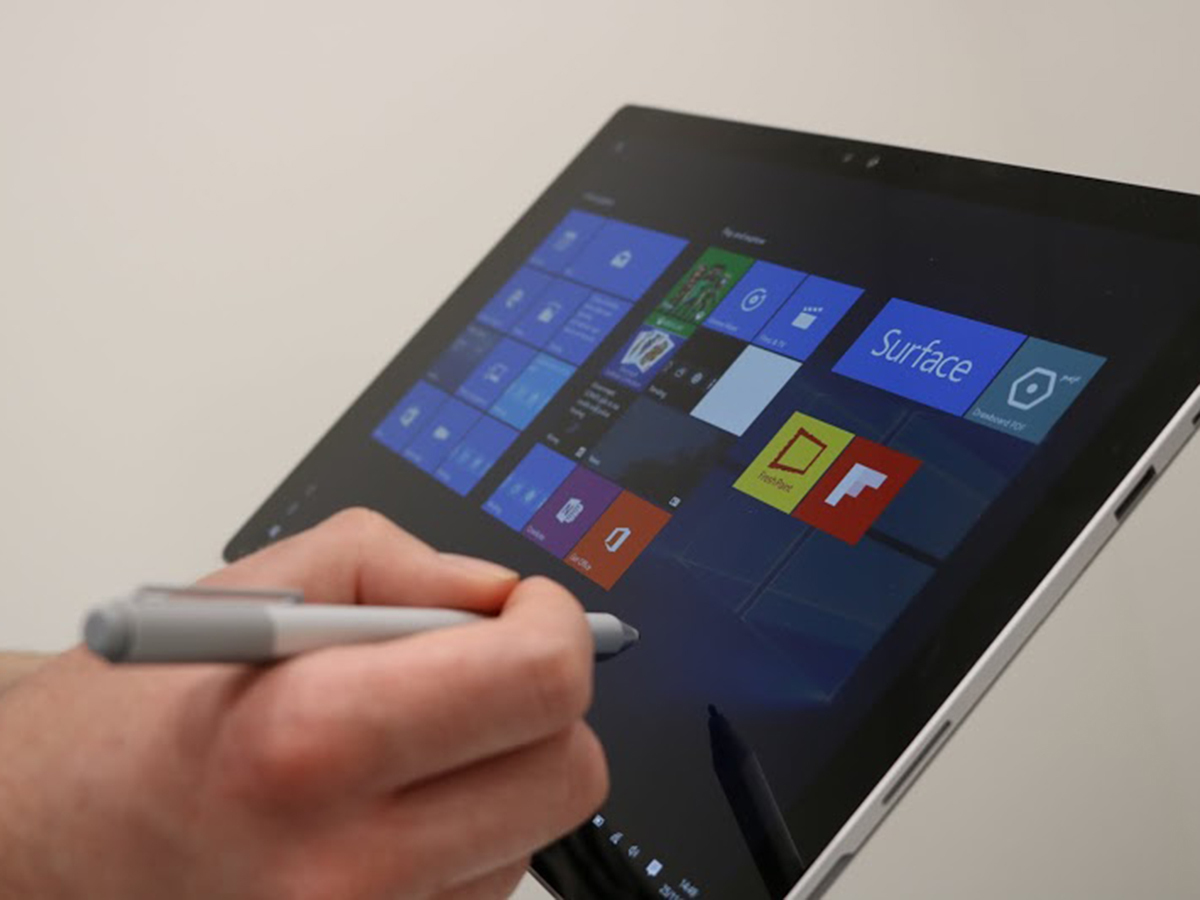
Alas, the Surface Pro 4 does not fit that bill.
When Windows 10, and its Continuum mode in particular, runs without a hiccup this is a five-star product. Microsoft didn't need to tinker with the Pro 3 much to ensure it was a winner. All that was required on the hardware side of things were some modest refinements: a larger, equally pristine screen, a faster processor and a pen that wouldn't go missing at the bottom of your rucksack.
As good as the Pro 3 was, running on Windows 8.1 made it a stopgap product. Now Windows 10 is here, the Pro 4 should see Microsoft's hybrid vision fully realised at the fourth time of asking. After spending the best part of two weeks with the latest Surface, that magic moment has patently gone missing. It's a product that grasps defeat from the jaws of victory.
When an update comes along and fixes the issues I've been having with the Pro 4, I'll happily reevaluate it. At the moment, I'm left with a hybrid that I can't trust to work properly.
What a disappointment.
What Windows Edition Is the Surface Pro 4
Source: https://www.stuff.tv/review/microsoft-surface-pro-4-review/
0 Response to "What Windows Edition Is the Surface Pro 4"
Post a Comment